Darwin Oil Storage Tunnels
World War II ended before these tunnels built to protect vital oil from Japanese bombs were ever used.
In 1942, Japanese air raids destroyed the above-ground oil tanks at Stokes Hill, Darwin. After these losses, crews set about building 11 bomb-proof underground tunnels below the cliffs of the Australian city. But by the time the war ended, only six of the tunnels had been completed, and none had ever been used.
The Bombing of Darwin on February 19, 1942, was the largest single attack ever mounted by a foreign power on Australian soil. Two separate raids involving 242 Japanese aircraft left at least 250 people dead and a swathe of destruction to the city, the harbor, and the ships moored within it.
Also lost were 7 of the 11 surface storage tanks in Darwin, vital reservoirs of precious oil. Following the attack, secret plans were made to build the new tanks in reinforced tunnels with an average depth of about 50 feet underground. The secret project was called “the Safe Oil Storage,” a name unlikely to throw any hostile spies off the scent.
To build these tunnels, the longest of which was to stretch for almost 650 feet, a camp was set up to house 40 workers. The total manpower eventually rose to about 400. Conditions were tough and progress was slow. By November, 1944, tunnels 1, 5, 6, 10 and 11 had been lined with concrete and thin steel sheeting, each with an internal width of 14.7 feet and a height of 17.7 feet. But a big problem soon emerged: They all leaked. This led to corrosion, further delays, and ever-mounting costs. And then the war ended.
The completed tunnels never housed any oil by the time peace was declared. But some use was made of them during the following half century. During the Indonesia-Malaysia confrontation between the British Commonwealth and Indonesia, jet fuel for RAF and RAAF bombers was stored in tunnels 5 and 6 for three years. Then, in the 1970s and ’80s the Australian Fire Brigade filled the tunnels with smoke for training purposes.
The tunnels were later opened to the public on February 19, 1992, to commemorate the 50th anniversary of the Bombing of Darwin. They now house a collection of photographs of Allied wartime activity and interpretation boards for self-guided tours. In 2016 and 2017, tunnel 5 hosted the Tunnel Number Five festival of underground music… underground. The acoustics were exceptional.
Know Before You Go
The tunnels are open seven days a week from 9 a.m. to 4 p.m. May to September, and 9 a.m. to 1 p.m. from October to April.

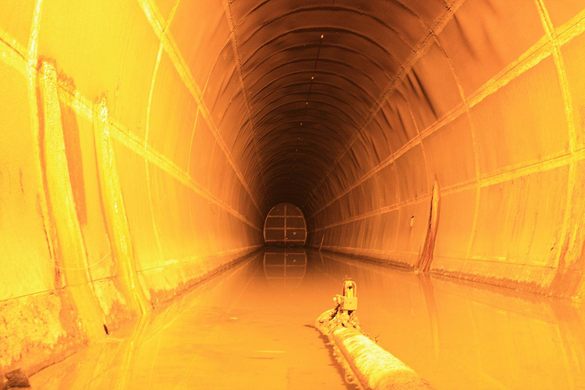
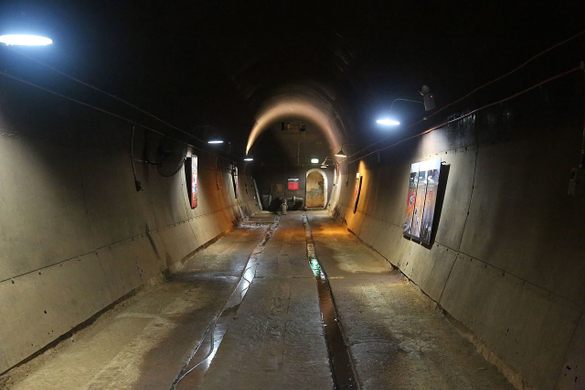

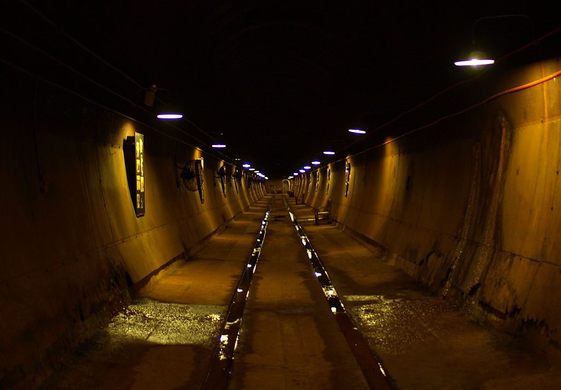

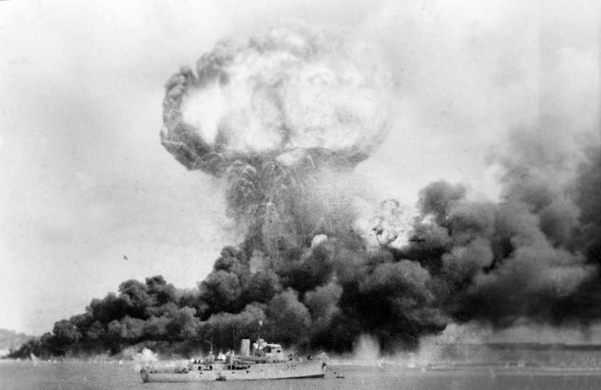



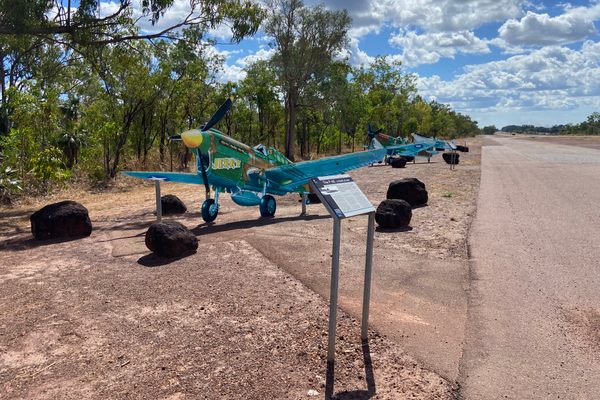




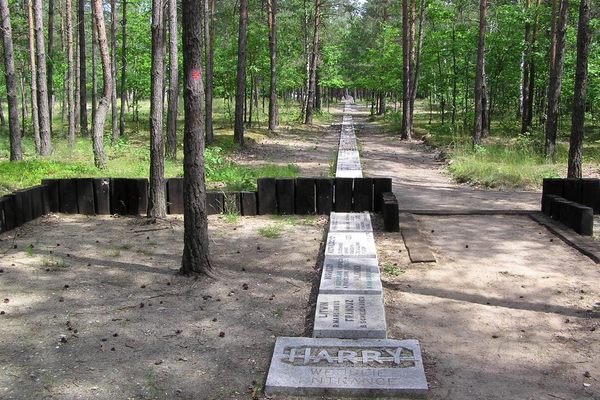
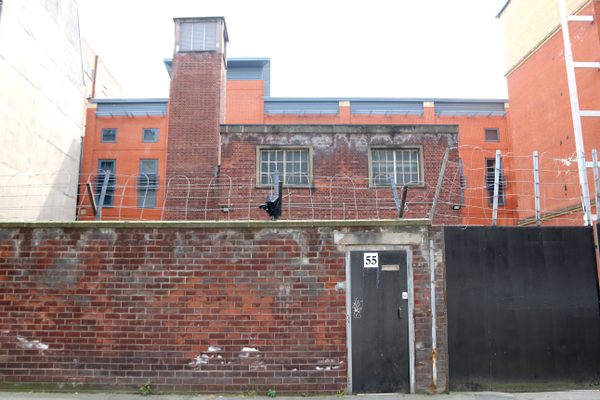

Follow us on Twitter to get the latest on the world's hidden wonders.
Like us on Facebook to get the latest on the world's hidden wonders.
Follow us on Twitter Like us on Facebook